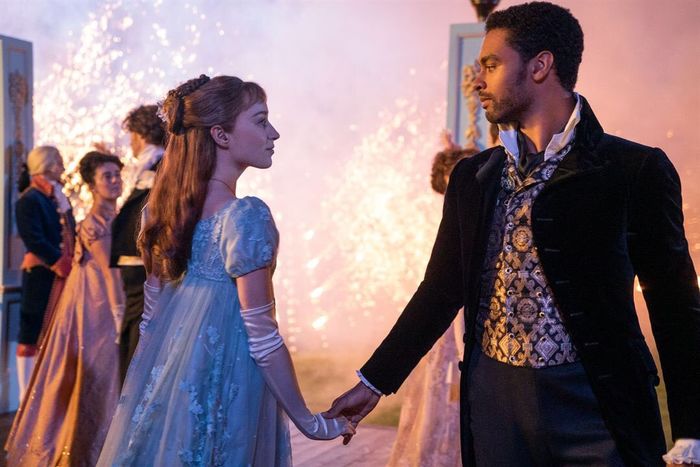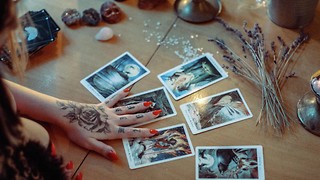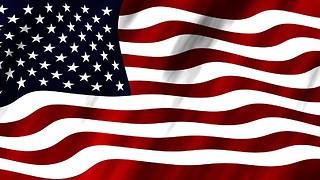Review Take 2: YA Movies
In this Review Take 2, Emilia Isaacs and Isabella Addo take on the genre of the Young Adult movie. Can newer adaptations ever compare to the original classics?
10 Things I Love About You…
The Young Adult movies of the 1990s are typically seen as classics. Emilia Issacs explains why, for her, new attempts to recreate that pre-2000s teen aesthetic will always fail.
Even though I admit to indulging in the Netflix originals which plague my recommended lists, I refuse to believe that people genuinely prefer modern imitations of teen movies to the pre-2000’s classics. In the spirit of a personal favourite of mine, 10 Things I Hate About You, here are 10 reasons why:
1. The cast
Julia Stiles, Molly Ringwald, and Alicia Silverstone are feminist icons, incomparable to current rom-com frequenters. If you even try to tell me that the late (but great) Heath Ledger can be paralleled with Noah scented mayo, I might cry. I understand that younger actors haven’t had the chance to become household names, but my mother watched Riverdale simply because of Molly Ringwald, which shows the lasting impact these actresses made. Granted, she never made it past series one (your agent did you dirty there, Molly).
2. The *iconic* moments
The Breakfast Club’s final fist pump, the (slightly incestuous) kiss on the stairs in Clueless, Ledger’s phenomenal performance of “Can’t Take My Eyes Off You”, Molly’s famous line in Pretty in Pink, “I just want to let them know that they didn’t break me”… I didn’t need to look these up or rewatch the films, they just stick with you.
3. The lack of social media
Something about Netflix’s certainty that young adults can all send a text to every student at the same time bothers me beyond belief. Or the idea that every video we post online automatically goes viral. Watching films that can’t possibly mention modern apps is a nice break. Imagine The Breakfast Club with iPhones — five people scrolling through TikTok or sending memes to each other. Doesn’t have quite the same effect.
4. The clothes
If I could have Cher’s wardrobe, I’d burn the entire contents of my own.
5. The It Girls
Clueless walked so Mean Girls could run. Regina George is a second-rate version of Cher.
6. The “enemies to lovers” trope
The Sure Thing came long before the likes of After or The DUFF. Joey paying Patrick to date Kat predicted The Wedding Date. There are in fact, no new ideas.
7. The subplots
Amongst the very important difference between like and love (remember “I like my Sketchers, but I love my Prada backpack”), these films deal with sexual abuse, abusive families, overcoming stereotypes, social class, and virginity as a construct.
8. The timelessness
9. The romanticisation
The representations of teenage life and euphoria in The Sure Thing’s road trip, dancing on the table in 10 Things, and the final prom in Pretty in Pink all motivate me to enjoy every moment of life far more than an unhygienic kissing booth at a school fair.
10. The rewatchability factor
It doesn’t make me physically cringe to watch any of these films on repeat, which is more than I can say for the opening of To All the Boys I’ve Loved Before.
The Young Adult movies before 2000 are irreplaceable. But despite my praise, these films, more often than not, lacked diversity and representation. Whilst I adore Christian in Clueless, one gay friend isn’t LGBTQ+ depiction. If we could combine the diversity of modern films with the aesthetic of the pre-2000s, I might be willing to negotiate. Otherwise, “as if”.
To All the Boys I’ve Loved Before…
With the third installment of the To All the Boys franchise coming out this year, Isabella Addo considers their potential as modern authentic representations of teenage life. Could this be the new way forward for YA movies?
I’ve lost count of how many times I’ve watched the movies in the To All the Boys I’ve Loved Before franchise. They have become a reliable comfort blanket, consoling me when I’m sad or becoming dependable background noise at the end of a difficult day. Nothing screams escapism more than the cinematography of these films with their distinct pastel colours, the overdone but charming fake love story trope and endearing baking montages.
Before the arrival of To All the Boys I’ve Loved Before in 2018, as a committed lover of classic 1990s/early 2000s movies, I was in despair at the lacklustre choices that were on offer for my generation. I was left with an endless void of rewatching Clueless and 10 Things I Hate About You, but I wanted so much more. Rather than wishing I was in a Young Adult movie in the 90s, I desired to experience the classic tropes that teen movies duplicate, but in a world that I actually knew and understood.
To All the Boys was the answer to all my wishes and more. Having a movie pay homage to its classic teen romance predecessors while remaining relevant is an experience I hold dear. Whether it was Peter Kavinsky (Noah Centineo) putting his hand in Lara Jean’s (Lana Condor) back pocket resembling 16 Candles or Peter holding a speaker over his head like in Say Anything, this movie bridged the gap between the old and the new.
“Lara Jean’s character showed that Asian women, and other women of colour by extension, deserve to have their stories told.”
Crucially, the importance of Asian representation in this franchise is something that early teen movies cannot even compare to. As a young black woman, my television and film choices are often heavily scrutinised, with many people finding it puzzling that I could be so obsessed with watching young white people fall in love repeatedly on screen. Regardless of their intentions, they have highlighted to me how my favourite films are mostly white and do not engage with people of colour or their love stories. Instead, they are relegated to being the “supportive best friend” or “spicy cool alternative” to an all-white cast.
This is why To All the Boys is such a refreshing franchise — the main female protagonist is just like any other teenage girl in a teen movie: she has a distinct style, a love story and a stylish bedroom that would make any girl green with envy. However, Lara Jean’s character also showed that Asian women, and other women of colour by extension, deserve to have their stories told and that we can no longer accept a cinematic world where only white women experience the beautiful adventures of life and love. Furthermore, the fact that Lara Jean’s character was going to be changed from being Asian-American in the books to a white character in the film franchise further highlights the long-standing issues we must confront.
The To All the Boys franchise is special for many reasons. For me, it reminded me that it is more than okay to have unrealistic expectations of romantic love (yes, I still dream of being kissed in a lacrosse field to a memorable soundtrack), but the fact that so many Asian women and other women of colour could see themselves through this story was key, and this is why this franchise deserves of its place among the greats of Young Adult movies.
 Features / The honesty of Cambridge vloggers 23 September 2025
Features / The honesty of Cambridge vloggers 23 September 2025 News / Ex-Caius student avoids ‘£20k fine’ for returning room key 40 years late23 September 2025
News / Ex-Caius student avoids ‘£20k fine’ for returning room key 40 years late23 September 2025 Film & TV / My Oxford Year is a dubious Oxford dream19 September 2025
Film & TV / My Oxford Year is a dubious Oxford dream19 September 2025 News / Tompkins Table 2025: Trinity widens gap on Christ’s19 August 2025
News / Tompkins Table 2025: Trinity widens gap on Christ’s19 August 2025 News / Oxbridge miss out on top 3 in university rankings for first time19 September 2025
News / Oxbridge miss out on top 3 in university rankings for first time19 September 2025










